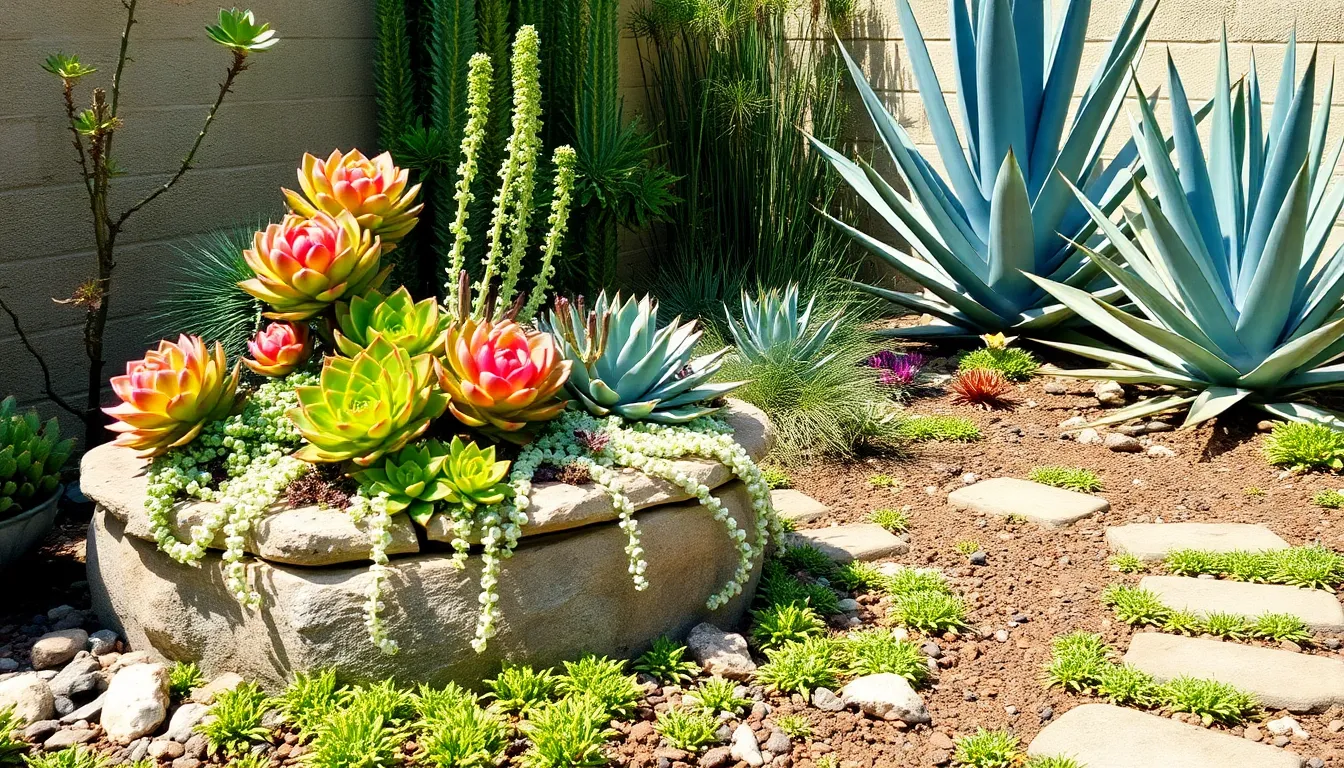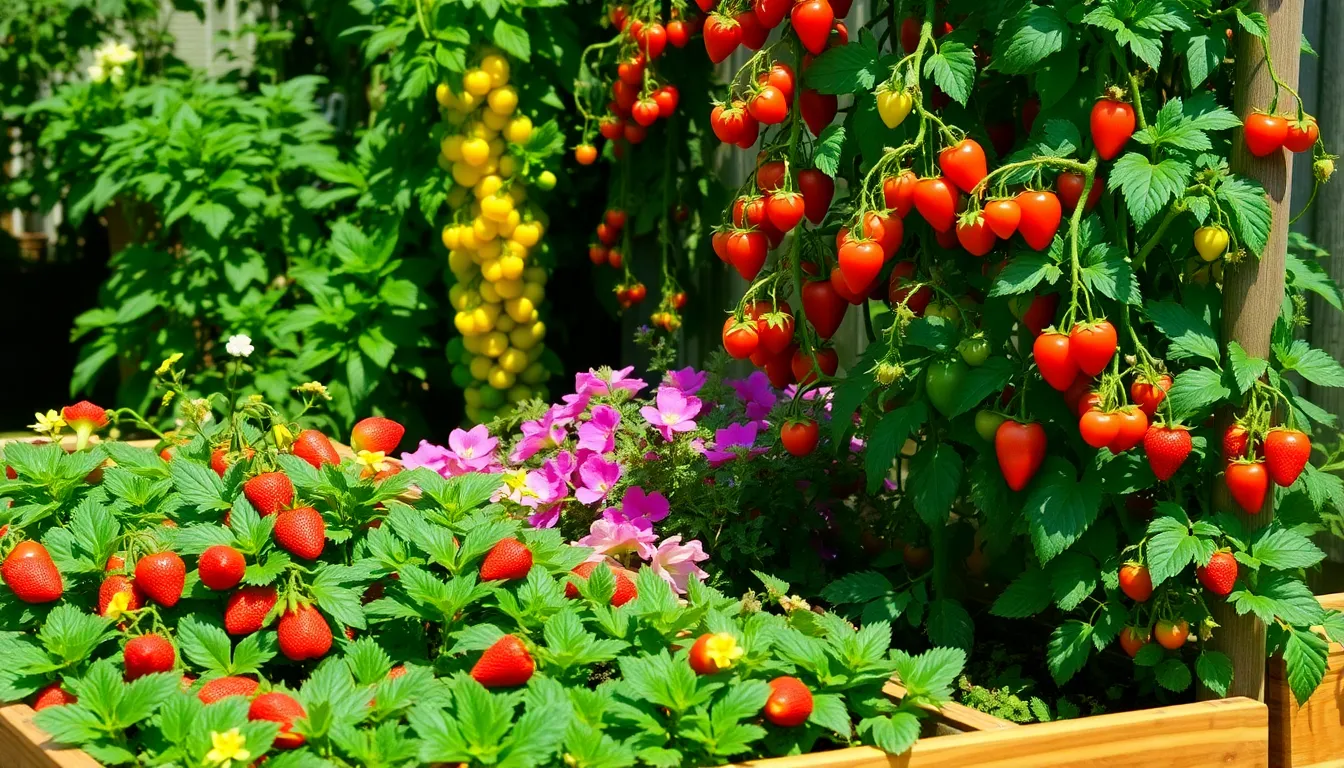Flower gardening is a delightful dance with nature, a chance to witness the vibrant tapestry of life unfurling in your own backyard. Yet, even the most passionate gardeners, whether just beginning or seasoned, can stumble into a few common pitfalls that might hinder their floral symphony. Understanding these missteps is not merely about avoiding frustration but ensuring your garden flourishes with health and beauty.
For the beginners who are just planting their first seeds, and the veterans who have been nurturing their blooms for years, this journey is filled with lessons that enrich our connection to the earth. You might discover that some of your long-held practices could use a gentle tweak or two. In this article, we will illuminate five frequent flower gardening mistakes and offer practical solutions to help your garden thrive.
Prepare to delve into the intricacies of soil, sunlight, and seasonal considerations that play crucial roles in your garden’s success. You’ll learn how to sidestep these common errors, transforming potential setbacks into opportunities for growth and learning. Let this be your guide to cultivating a garden that not only looks stunning but also resonates with the joy and satisfaction of nurturing nature’s artistry.
Overcrowding Plants in Beds
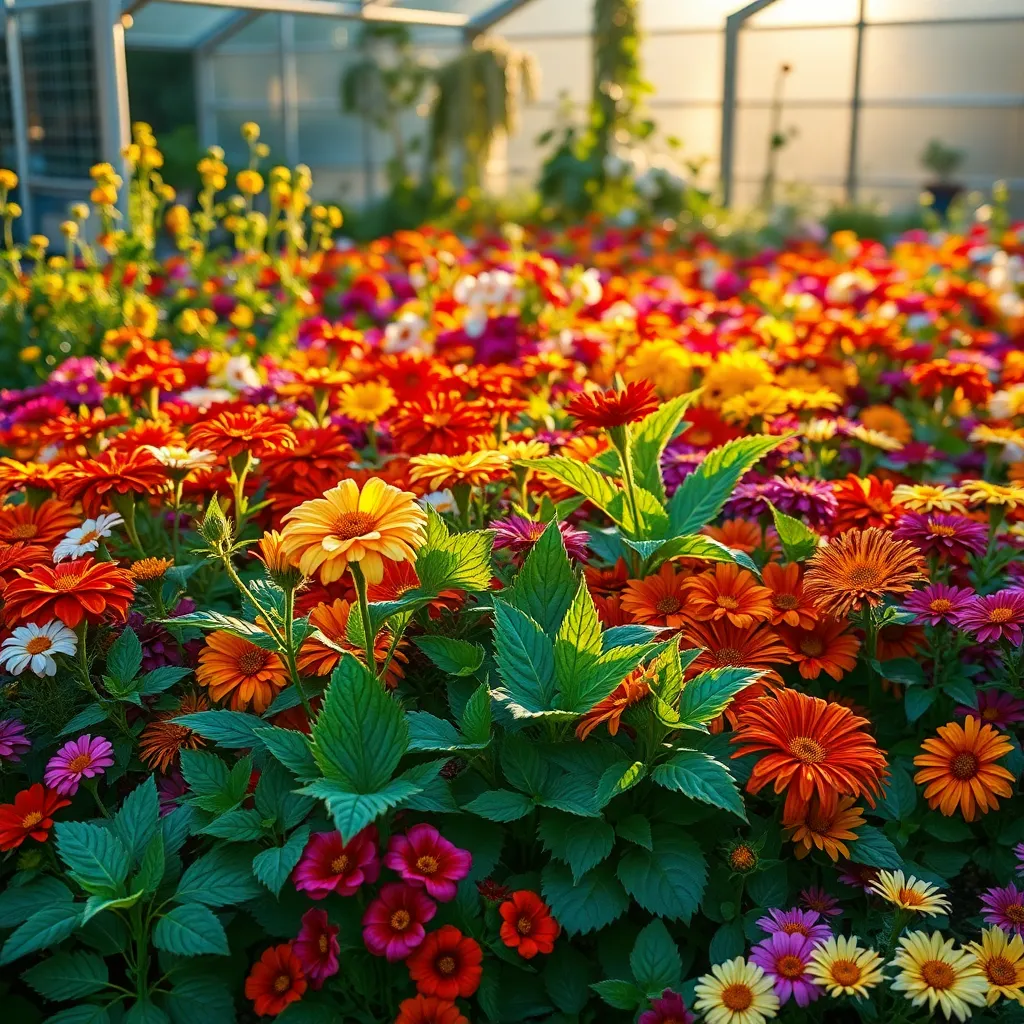
Overcrowding plants in beds can lead to a myriad of problems, including poor air circulation and increased risk of disease. To avoid these issues, ensure each plant has enough space by following the recommended planting distances typically found on seed packets or plant labels.
In dense plantings, weaker plants can be overshadowed and deprived of essential nutrients. This can be mitigated by periodically thinning seedlings to allow stronger plants to thrive and receive adequate sunlight and water.
Proper spacing not only promotes healthier growth but also enhances the overall appearance of your garden. For example, when planting perennials, consider their mature size and allow for expansion to prevent future crowding.
Advanced gardeners might experiment with companion planting to maximize space while maintaining plant health. By pairing plants with complementary growth habits and nutrient needs, you can create a balanced ecosystem that benefits all species involved.
Ignoring Soil pH Levels
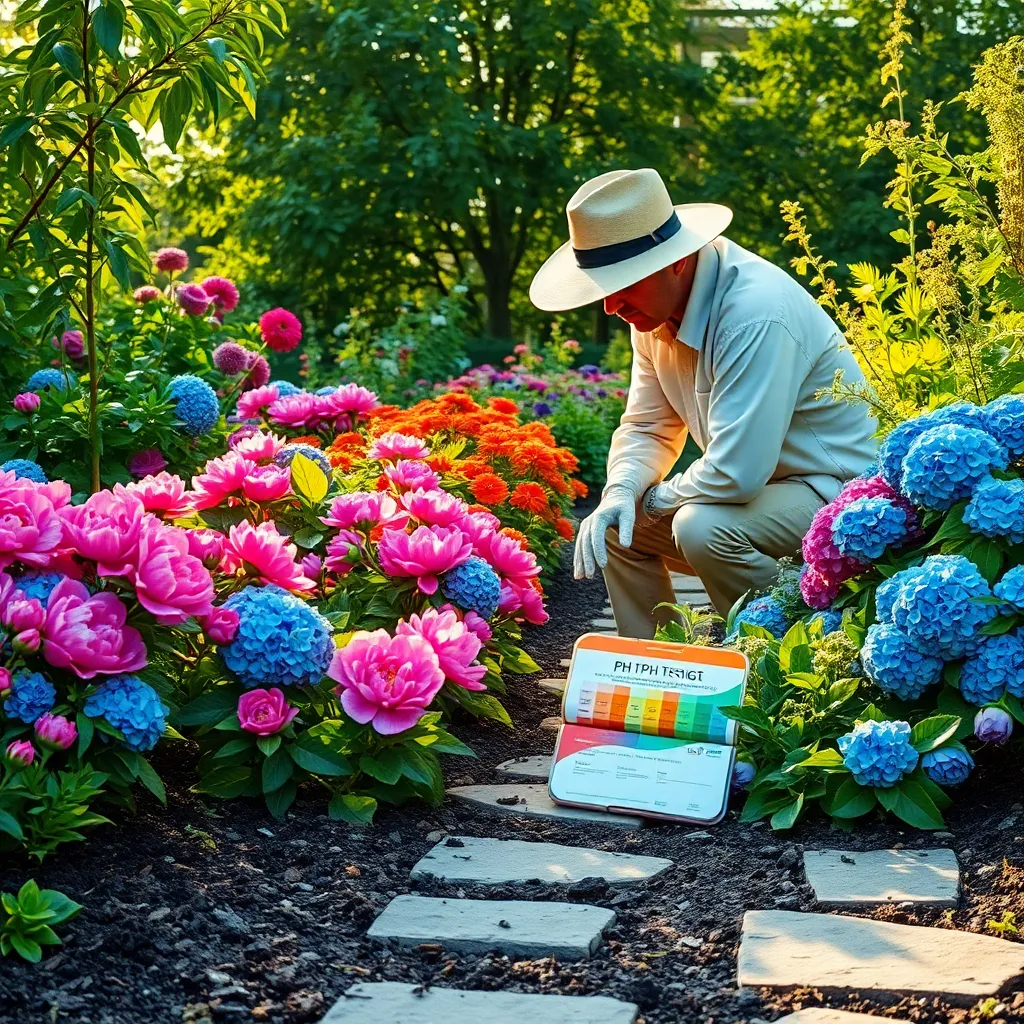
Many gardeners overlook the importance of soil pH, but this can significantly affect plant health. Understanding and managing soil pH levels is crucial for ensuring that your flowers can absorb nutrients effectively.
Different plants thrive at different pH levels, generally ranging from acidic (below 7) to alkaline (above 7). For instance, azaleas and rhododendrons prefer acidic soil, whereas lavender thrives in more alkaline conditions.
To start, you can test your soil’s pH using a simple home testing kit available at most garden centers. Adjusting the pH can be achieved by adding lime to raise it or sulfur to lower it, depending on your soil’s needs and the plants you are growing.
It’s essential to re-test your soil every year, as pH levels can change over time due to rainfall and other factors. Regularly monitoring and adjusting your soil’s pH ensures that your flowers have the optimal growing environment, helping them to bloom beautifully and healthily.
Improper Watering Techniques
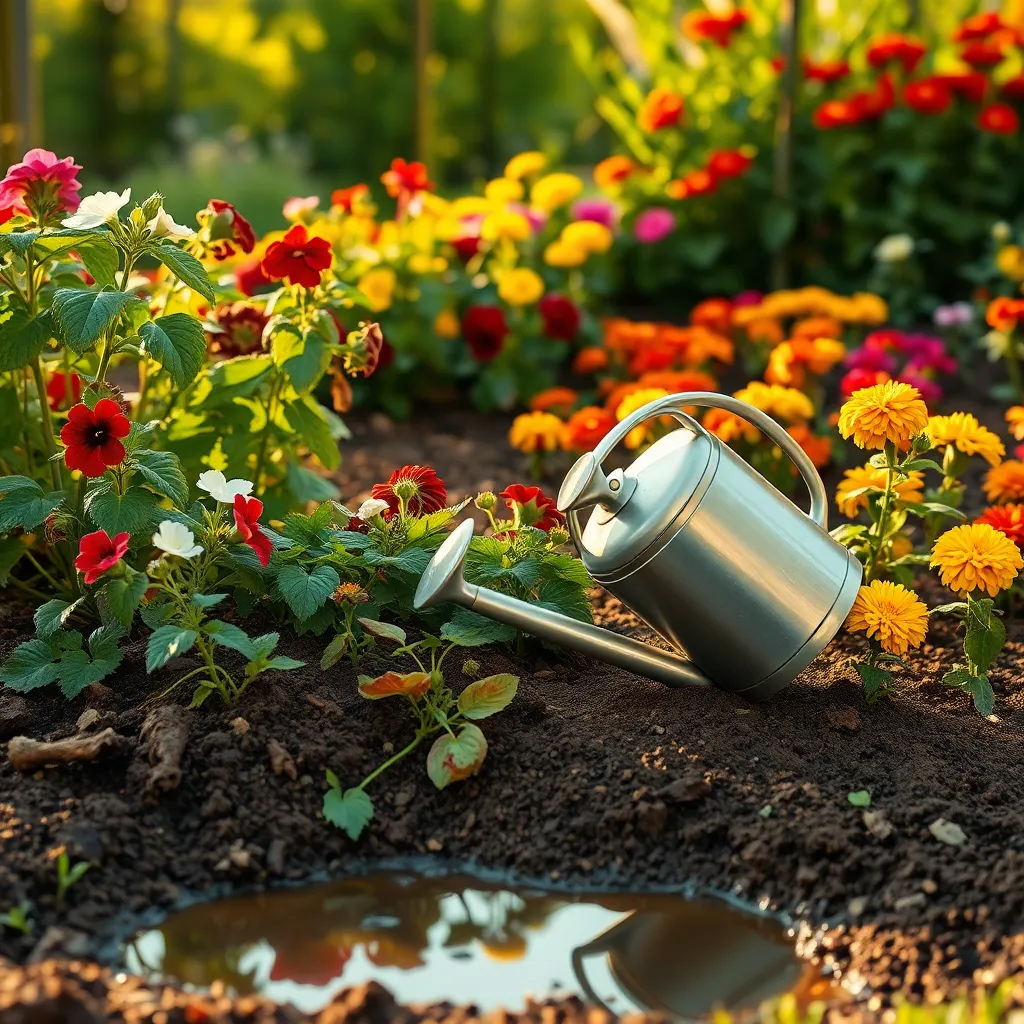
Watering may seem straightforward, but it’s a common area where mistakes can occur. Overwatering is one of the most frequent errors gardeners make, leading to root rot and other plant diseases.
It’s crucial to understand the water needs of each plant species, as they can vary greatly. For instance, succulents and cacti require far less water than moisture-loving plants like ferns or impatiens.
To avoid overwatering, stick your finger about an inch into the soil to check for moisture before adding more water. If the soil feels damp, it’s best to hold off on watering for a few more days.
For more advanced care, consider using a moisture meter to gauge the soil’s water content precisely. This tool is especially useful for larger gardens or when growing a diverse array of plants with different water requirements.
Avoid watering during the hottest part of the day to prevent water evaporation and leaf scorch. Instead, water early in the morning or late in the afternoon when temperatures are cooler, allowing plants to absorb the moisture they need effectively.
Choosing Incompatible Flower Species
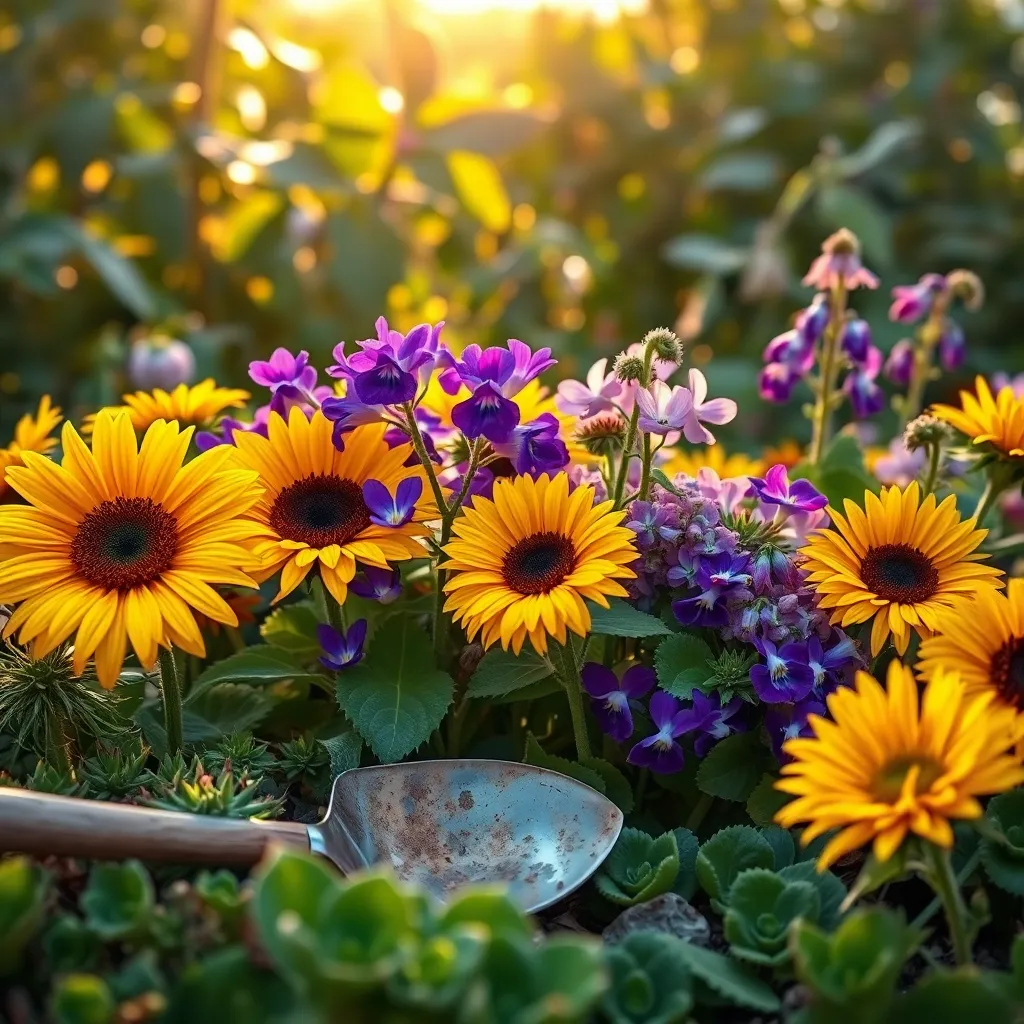
One common mistake in flower gardening is planting species that are incompatible with each other. Some flowers demand full sun while others prefer shaded areas, leading to poor growth if their needs aren’t met.
It’s crucial to consider the soil requirements of your chosen flowers; some thrive in acidic conditions while others need a more alkaline environment. Mixing incompatible species can result in nutrient competition, leaving some plants undernourished.
Pay attention to water needs as they vary significantly between species. For example, succulents require much less water than hydrangeas, and planting them together can lead to overwatering or underwatering issues.
To avoid these pitfalls, group plants with similar needs together based on their sunlight, soil, and water requirements. This practice not only ensures healthier plants but also simplifies your maintenance routine, making gardening more enjoyable.
Neglecting Seasonal Pruning Tasks
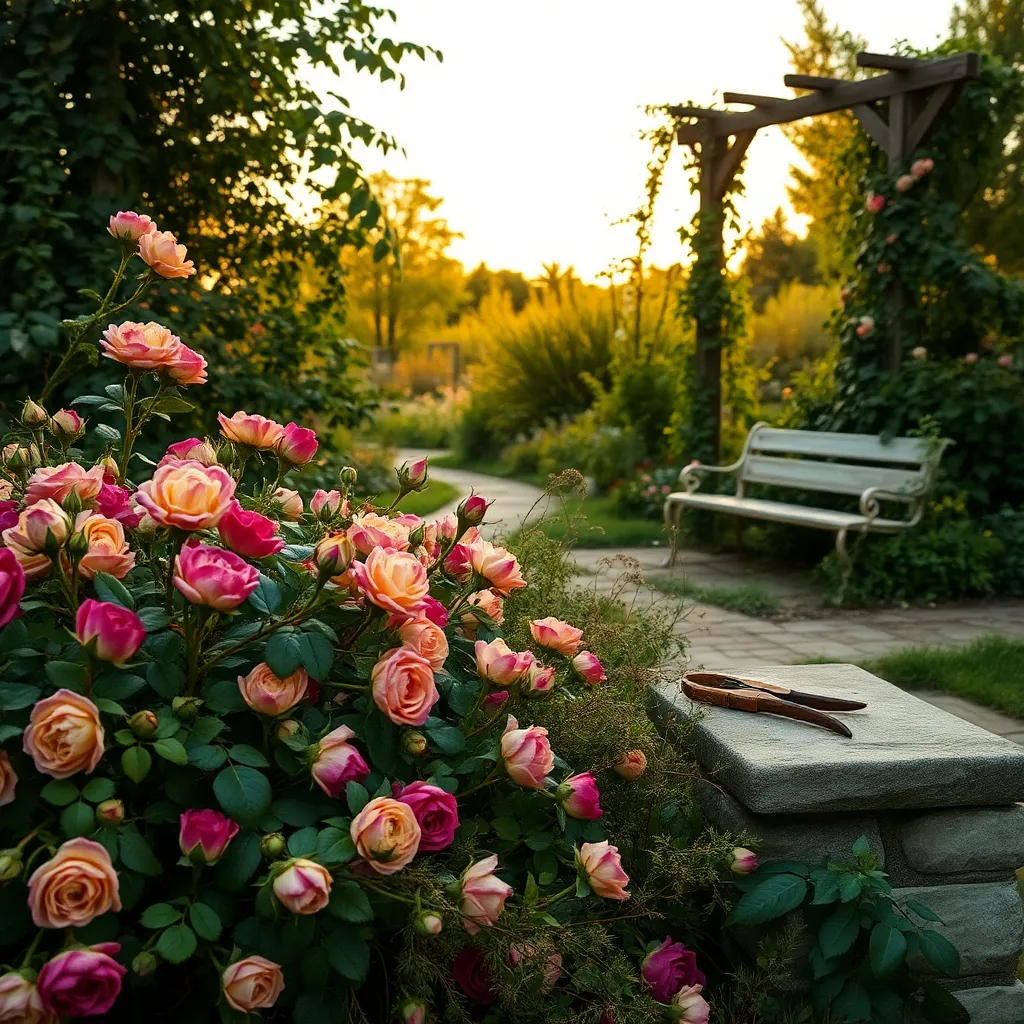
Neglecting seasonal pruning tasks can significantly impact the health and appearance of your flower garden. Regular pruning not only encourages healthy growth but also enhances flowering by removing dead or overcrowded branches.
Understanding the specific pruning needs of your plants is crucial. For example, many flowering shrubs such as roses benefit from a hard prune in late winter to promote new growth in spring.
Different plants have unique pruning schedules, so it’s important to research your specific varieties. Spring-flowering plants should be pruned immediately after they bloom, while summer-flowering plants can be pruned in late winter or early spring.
To avoid damaging your plants, always use clean, sharp tools to make precise cuts. A good pair of bypass pruners is ideal for most tasks, and investing in a quality tool will pay off with healthier plants.
Conclusion: Growing Success with These Plants
In nurturing your flower garden, just like in nurturing your relationships, avoiding common pitfalls is key to thriving success. We explored five crucial insights: the importance of understanding your partner’s needs (like knowing your soil type), the value of communication and timing (similar to knowing when to plant), the dangers of overwatering or under-nurturing (balance is vital), the necessity of patience and perseverance (as no garden blooms overnight), and the art of embracing diversity (like mixing different plant species for a vibrant garden).
Empower your relationships today by choosing one insight to focus on and take immediate action—perhaps start by having an open conversation about mutual needs or setting aside quality time to strengthen your bond. For a flourishing relationship journey, save this article as your go-to guide whenever you need a reminder of these nurturing practices.
As you implement these principles, envision a future where your relationships, much like a well-tended garden, are resilient, colorful, and full of life. Remember, every step you take today plants the seeds for tomorrow’s success. Bookmark this article now, ensuring these insights are forever at your fingertips. Your flourishing relationship awaits!



